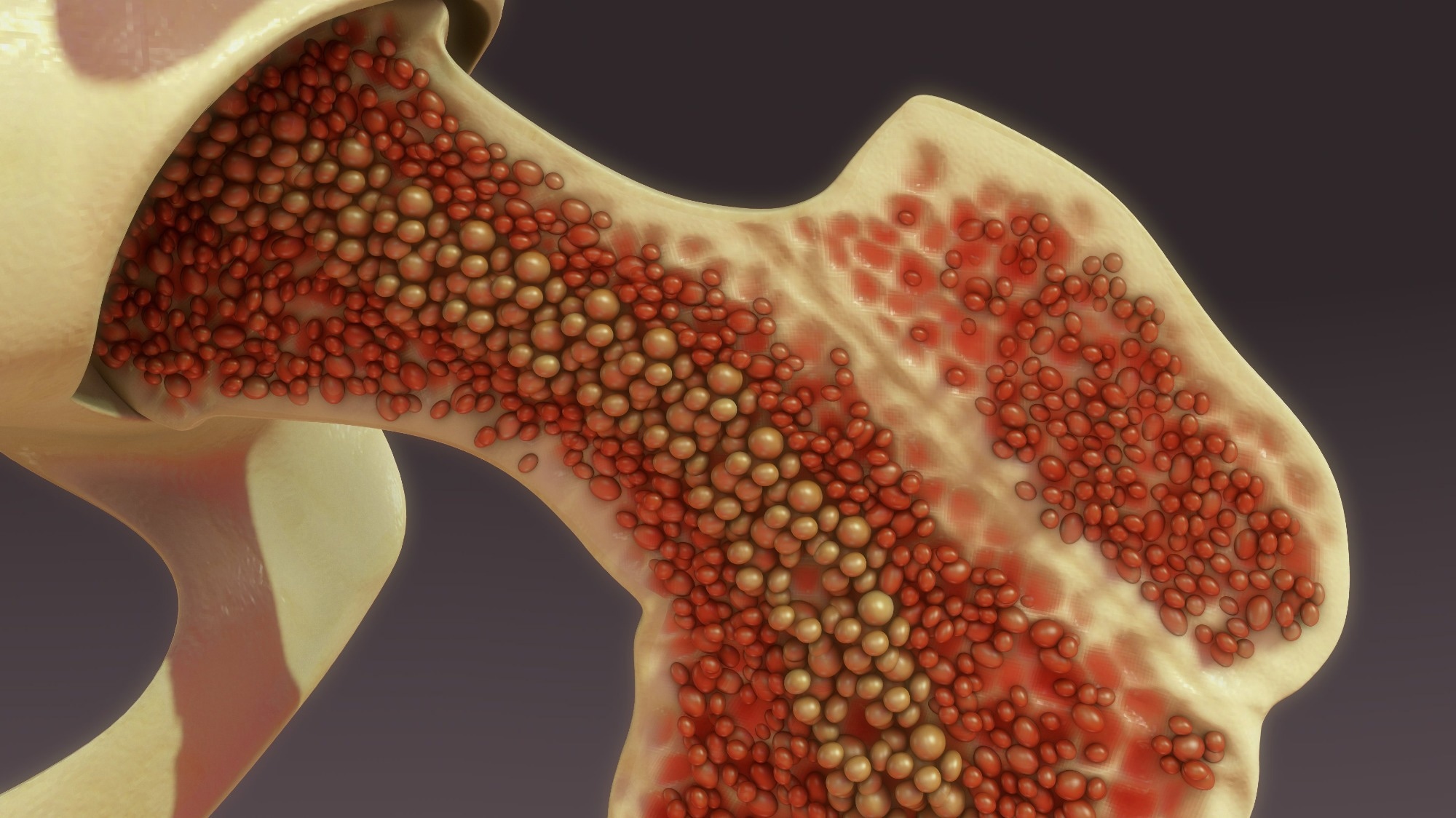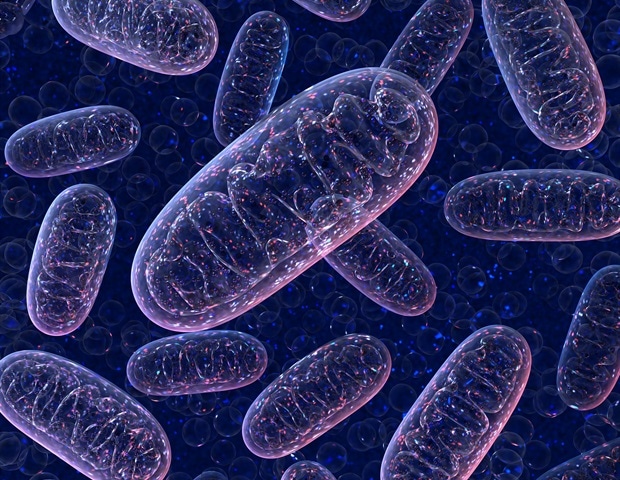Researchers discover that COVID-19 mRNA vaccines do not generate long-lasting plasma cells in the bone marrow, shedding light on why antibody immunity wanes quickly, and highlighting the urgent need for improved vaccine strategies.
 Study: SARS-CoV-2-specific plasma cells are not durably established in the bone marrow long-lived compartment after mRNA vaccination. Image Credit: sciencepics / Shutterstock
Study: SARS-CoV-2-specific plasma cells are not durably established in the bone marrow long-lived compartment after mRNA vaccination. Image Credit: sciencepics / Shutterstock
In a recent study published in the journal Nature Medicine, researchers examined whether individuals who had severe acute respiratory syndrome coronavirus 2 (SARS-CoV-2) messenger ribonucleic acid (mRNA) vaccination developed long-lasting immune responses, specifically for the spike antigen in the long-lived plasma cell (LLPC) fraction (CD19−CD38hiCD138+) of the human bone marrow (BM).
The coronavirus disease 2019 (COVID-19) has resulted in enormous worldwide morbidity and mortality. While the wild-type SARS-CoV-2 initial two-dose vaccination series and booster doses have shown effectiveness against severe illness, the durability of immunity—particularly in terms of preventing infection or transmission—remains under investigation.
SARS-CoV-2 vaccinations provide durable T-cell-mediated immunity; however, the rapid decline in neutralizing antibodies three to six months post-vaccination might lead to breakthrough infections or reinfections. Investigating factors that drive the waning of anti-SARS-CoV-2 immunity could aid in developing agents that could extend the longevity of the immune response.
About the study
The study examined SARS-CoV-2 spike antigen-specific antibody-secreting cells (ASCs) in several bone marrow compartments in a cohort of 19 individuals up to three years following COVID-19 mRNA vaccination. They compared these ASCs to well-known durable responses, including tetanus- and influenza-specific ASCs.
From May 2021 to March 2024, researchers recruited 19 healthy adults aged 20 to 65. Participants were recruited 2.5 to 33 months after receiving their first dose of COVID-19 mRNA vaccinations. All participants had received between two and five COVID-19 vaccinations, and many also received live influenza and Tdap (tetanus, diphtheria, and pertussis) vaccines. The subjects did not have autoimmune, hepatic, renal, vascular, or cardiopulmonary illness. No participant had a history of transplant, cancer, HIV, or hepatitis C infection, and none used immunosuppressive medicines.
Researchers investigated influenza-, tetanus-, and anti-SARS-CoV-2 ASCs in the non-LLPC and LLPC subsets of bone marrow. Bone marrow aspirates were collected 0.5 to 21 months following the last booster (third, fourth, or fifth dosage). In total, they obtained 22 BM aspirate samples. Serum samples were taken from all individuals within five months (before and after BM aspiration), with one to seven draws per individual.
Researchers used flow cytometry techniques to sort antibody-secreting cells. FACS isolated fresh blood and bone marrow ASC subsets, including PopA (CD19+CD38hiCD138−), PopB (CD19+CD38hiCD138+), and PopD (CD19−CD38hiCD138+). Cells were analyzed based on the expression of CD19, CD38, and CD138, key markers for distinguishing plasma cell subsets. ELISpot tests measured immunoglobulin A (IgA) and IgG titers. To verify the ELISpot data, they cultivated ASCs in vitro and assessed IgG specific for Flu, Tet, and SARS-CoV-2 spike antigen S2P using multiplex bead-binding assays (MBBAs).
Results
The team found only influenza- and tetanus-specific ASCs in the LLPC compartment, with SARS-CoV-2 specificities largely absent. The non-LLPC to LLPC ratios for flu, tetanus, and COVID-19 categories were 0.61, 0.44, and 29.07, respectively. Other isotypes, including prefusion-stabilized spike trimer (S2P) IgA ASC, were also mostly excluded from PopD. The data confirmed the ELISpot results using in vitro serum cell culture techniques, demonstrating SARS-CoV-2-targeted ASC exclusion in PopD.
Serum IgG levels for tetanus and influenza were associated with immunoglobulin G LLPCs, but serum anti-SARS-CoV-2 IgG titers rapidly declined within three to six months of vaccination and were associated with immunoglobulin G non-LLPCs. After the initial drop, SARS-CoV-2 IgG levels remained low for several months but occasionally increased—likely due to asymptomatic reinfections.
Researchers found no clear relationship between the frequency of vaccination-specific bone marrow ASC subgroups and the time since the most recent tetanus or flu vaccination. Similarly, there was no correlation between SARS-CoV-2 bone marrow ASC responses and factors such as age, number of vaccine doses, or the time since the first vaccination. These findings suggest that additional time or doses of COVID-19 mRNA vaccinations do not consistently result in higher LLPC formation in the bone marrow.
S2P bone marrow IgG titers in ASC were consistently higher in PopA and PopB, compared to PopD, indicating that S2P ASCs were not robustly established in the bone marrow LLPC compartment even nearly three years after the initial COVID-19 mRNA vaccination. This pattern contrasts with durable immune responses observed for tetanus and influenza, where antibody levels correlated with LLPCs in PopD. The exclusion of S2P ASCs from this compartment may explain the relatively short-lived antibody immune responses to COVID-19 mRNA vaccines.
Conclusion
The study revealed that LLPC development, crucial for lasting immunity, lacked SARS-CoV-2 specificity in the bone marrow LLPCs. This explains the limited duration of systemic antibody responses after mRNA vaccination. The findings indicate that while vaccines induce anti-SARS-CoV-2 antibodies, the immune protection wanes rapidly over time. The absence of SARS-CoV-2-specific ASCs in the bone marrow’s long-lived compartment underscores the need to improve the durability of current mRNA vaccines.
Just out: mRNA COVID-19 vax do not establish in long-lived plasma cells; could account for faster waning vs. infection. Other mechanisms still protect durably vs. severe illness, but improving durability is important. Adjuvants (like in Novavax) may help.https://t.co/brETaT0Qxt
— Daniel Park (@Daniel_E_Park) September 27, 2024
Journal reference:
- Nguyen, D. C., Hentenaar, I. T., Solano, D., Haddad, N. S., Castrillon, C., Runnstrom, M. C., Lamothe, P. A., Andrews, J., Roberts, D., Lonial, S., Sanz, I., & Lee, F. E. (2024). SARS-CoV-2-specific plasma cells are not durably established in the bone marrow long-lived compartment after mRNA vaccination. Nature Medicine, 1-10.DOI: 10.1038/s41591-024-03278-y, https://www.nature.com/articles/s41591-024-03278-y








